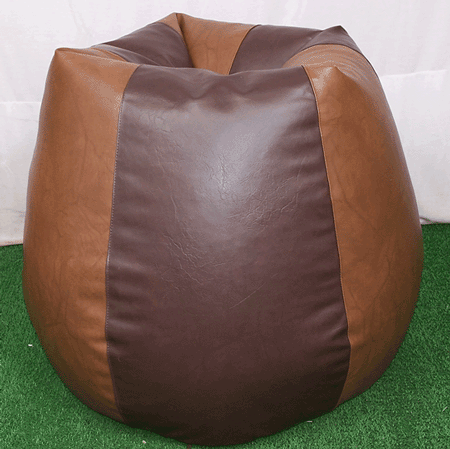330DA
Active Member
- Oct 12, 2006
- 500
- Boat Info
- 2000 310 Sundancer, Brig 330 RIB
- Engines
- 350 Horizons, V-Drives
Use of hollow concrete blocks (HCB) during winter lay up has been discussed in a number of threads each fall. Here is a picture of a cracked block under a 370 Sundancer. This is not my boat, but a slip neighbor's a few years back. The blocks under the keel support the boat. The stands keep it from tipping, as many have written in other posts.
HCB can fail without warning in this type of situation.
HCB can fail without warning in this type of situation.
Attachments
Last edited:







